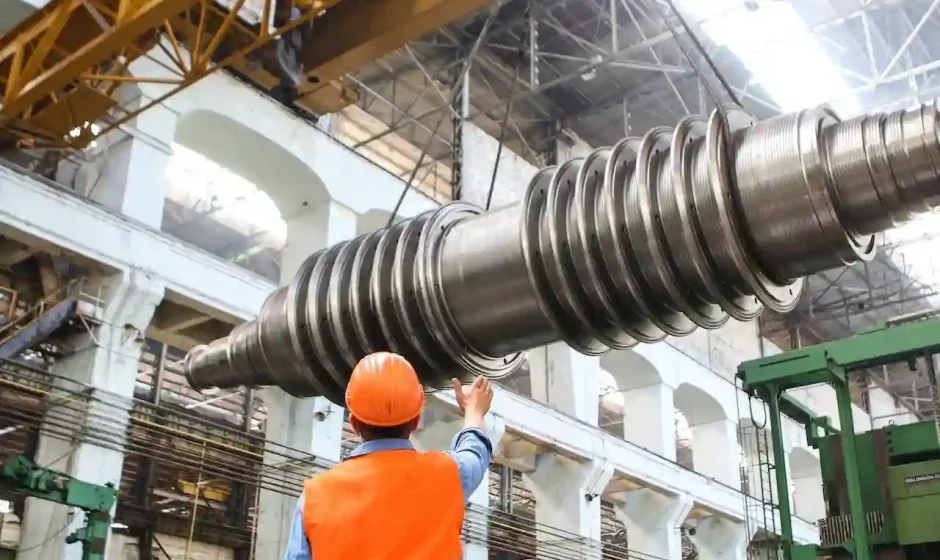Oil mists can be found in any manufacturing environment and their presence can have serious consequences. Inhaling oil mists will lead to serious health problems, including asthma and other respiratory illnesses. This makes eliminating oil mists an important priority in any manufacturing environment.
The Danger of Oil Mists
Without proper precautions, oil mists can accumulate and create hazardous levels of airborne contamination. This can result in serious injury or even death if the mist is not eliminated. Employers must take all possible steps to ensure that oil mists are eliminated before they can cause any harm.
If employers do not take adequate safety measures and an injury is sustained, the affected employee should consider consulting an injury lawyer in Whitby to seek compensation.
Identifying an Oil Mist Problem
An oil mist problem can be identified in a manufacturing environment by the presence of an unpleasant odour and the presence of a greasy film over nearby surfaces. To remove oil mists, implementing an effective solution is the key.
Some of these solutions include the use of filters and extraction systems, as well as proper maintenance and undergoing WHMIS training in Barrie to make workers aware of the hazards and risks associated with hazardous materials like oil mists.
4 Tips
These solutions will help to prevent exposure to oil mists and create a safer working environment. As part of management, it is your responsibility to ensure a safe working environment for your employees. Here are 4 effective ways to eliminate oil mists in a manufacturing environment:
- Never treat oil mists as dry particulates
Oil mists are a distinct form of air pollution in the manufacturing environment, which require special measures to address. One of the most important tips to keep in mind when dealing with oil mists is to never treat them as if they are just another type of dry particulate.
This is because oil mists have the potential to spread in the air, contaminating not only the air but also surfaces. An oily floor will easily cause slips and falls. To effectively eliminate oil mists, it is important to use the right methods such as containment, ventilation, and filtration. Taking the proper steps to address oil mists is essential to keeping a manufacturing environment safe and clean.
- Pick the right filter
Choosing the right filter is one of the most important steps in eliminating oil mists in a manufacturing environment. It is essential to find a filter that is the right size and type for the job, as this will ensure that the filter will capture the mist particles and keep them from leaking into the atmosphere.
The filter should also be durable enough to withstand the rigours of a manufacturing setting and be easy to replace when needed. With the right filter, you can effectively reduce or eliminate oil mists.
- Capture oil mists close to the source
Capturing oil mists close to their source is an effective way to eliminate them from a manufacturing environment. Collecting the mists close to their source helps to reduce their spread and makes them easier to collect and dispose of.
This method also reduces the risk of potential health hazards and helps to keep the workplace safe and healthy.
- Use oil mist collectors
Oil mist collectors are an important part of the manufacturing industry, helping to reduce the oil mists that can be harmful to both workers and equipment. Manufacturing companies will benefit from investing in oil mist collectors that are designed for the specific needs of their industry, as this can result in improved air quality, reduced maintenance costs, and improved efficiency.
Oil mist collectors from Ontario can be used in many manufacturing industries, such as automotive and metalworking, to create a better environment for employees, and help ensure that businesses are compliant with regulations concerning air pollution.
These collectors come in 3 varieties; centrifugal, spiral, and electrostatic precipitators. Each of these has its own strengths and weaknesses, so it is important to choose the one that best fits the needs of the manufacturing environment.
- Centrifugal collectors – The most efficient and advanced. The gearboxes of nuclear submarines were the first modern application for these kinds of filters.
- Spiral collectors – For this type, the air is pushed through a vertical tube in a downward spiral and then upward through the centre of the same spiral. The air then passes many tubes before reaching a HEPA filter to completely remove the particulates.
- Electrostatic precipitators – The particulates in the air flow are electrically charged, which makes them adhere to the plates inside the collector.
Oil mists are a serious safety hazard in the workplace, but they can be eliminated with the right approach and equipment. By taking steps to identify the problem through proper training and using oil mist collectors, businesses can ensure that their workers are safe and protected.



